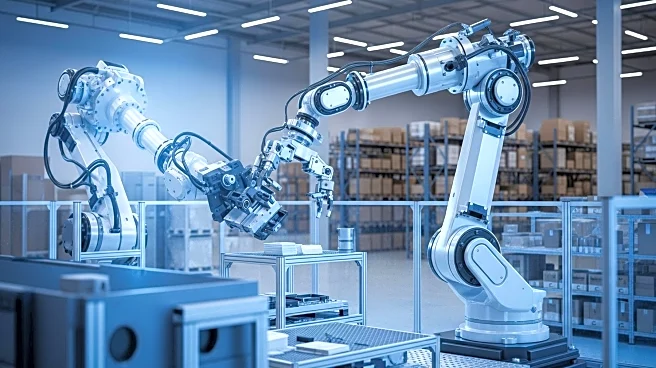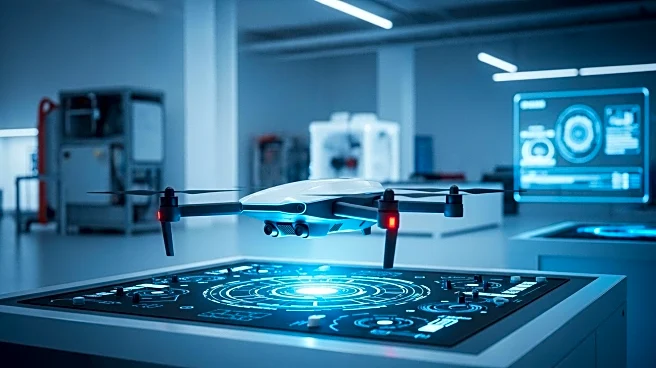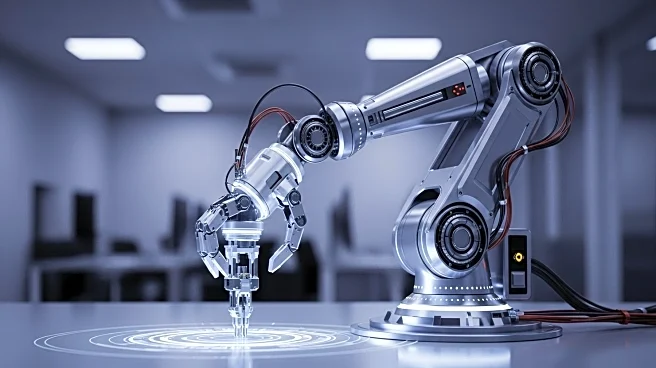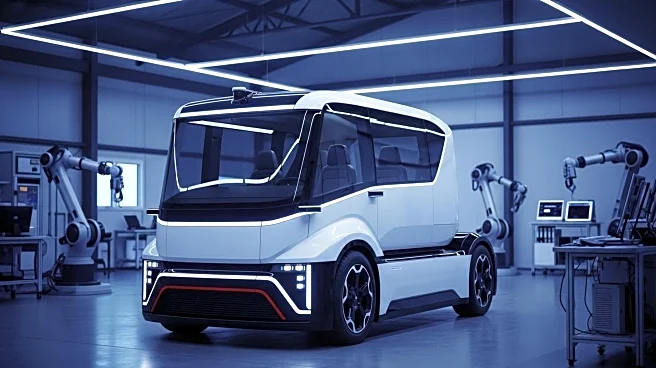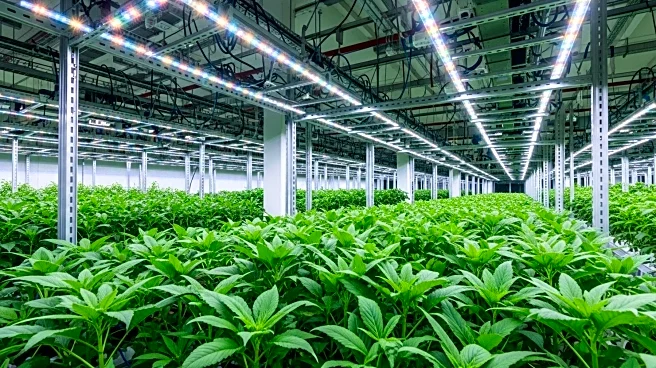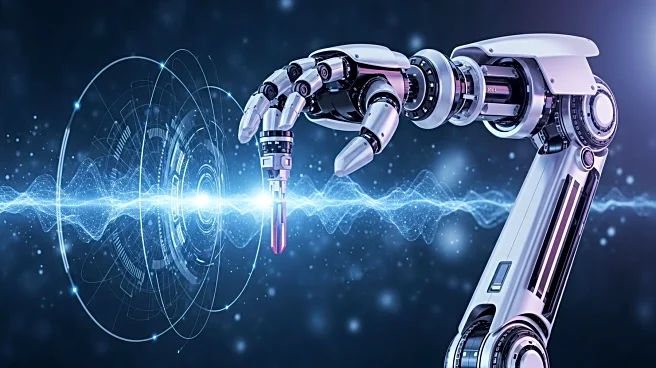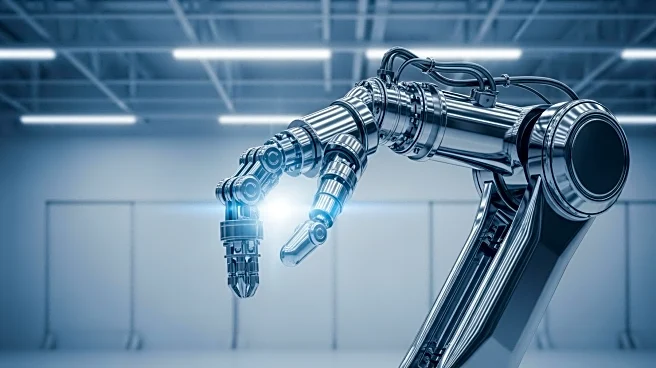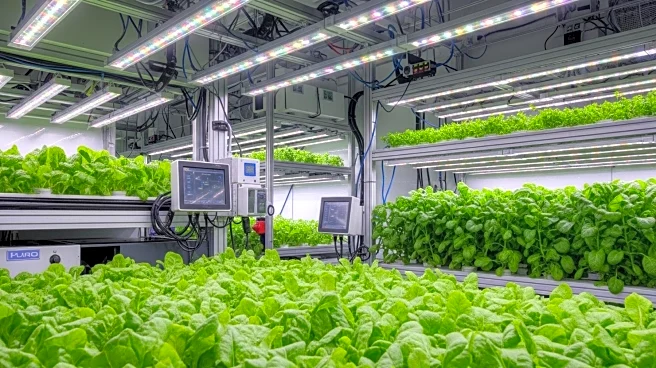What is the story about?
What's Happening?
Adrian Stoch, CEO of Hai Robotics USA, is spearheading the company's expansion in the United States, focusing on aligning automation solutions with customer needs. Stoch transitioned from GXO Logistics to Hai Robotics, attracted by the company's customer-centric approach and innovative culture. He emphasizes the importance of large-scale automation in response to global supply chain challenges and labor constraints. Stoch's goals include building a talented team and implementing lean processes to support growth and customer success. The expansion is part of a broader trend in the robotics industry, where companies are increasingly focusing on automation to address logistical challenges.
Why It's Important?
The expansion of Hai Robotics in the U.S. is significant as it reflects the growing demand for automation solutions in the logistics sector. This move is likely to impact the U.S. economy by potentially increasing efficiency in supply chains and reducing labor costs. Companies that adopt these technologies may gain a competitive edge, while those that do not could face challenges in keeping up with industry standards. The focus on customer-centric automation solutions suggests a shift towards more tailored and efficient operations, which could lead to improved service delivery and customer satisfaction.
What's Next?
Hai Robotics plans to continue its expansion across the U.S., building a strong team and refining processes to ensure customer success. The company is expected to focus on enhancing its automation solutions to meet the evolving needs of the logistics industry. As the demand for automation grows, other companies in the sector may also increase their investment in similar technologies, potentially leading to more partnerships and collaborations. Stakeholders, including businesses and policymakers, will likely monitor these developments closely to assess their impact on the industry and workforce.
Beyond the Headlines
The expansion of Hai Robotics in the U.S. could have broader implications for the workforce, as automation may lead to changes in employment patterns. While automation can increase efficiency, it may also result in job displacement, necessitating retraining and upskilling of workers. Additionally, the focus on customer-centric solutions highlights the importance of understanding and meeting specific client needs, which could drive innovation and customization in the industry.
AI Generated Content
Do you find this article useful?
